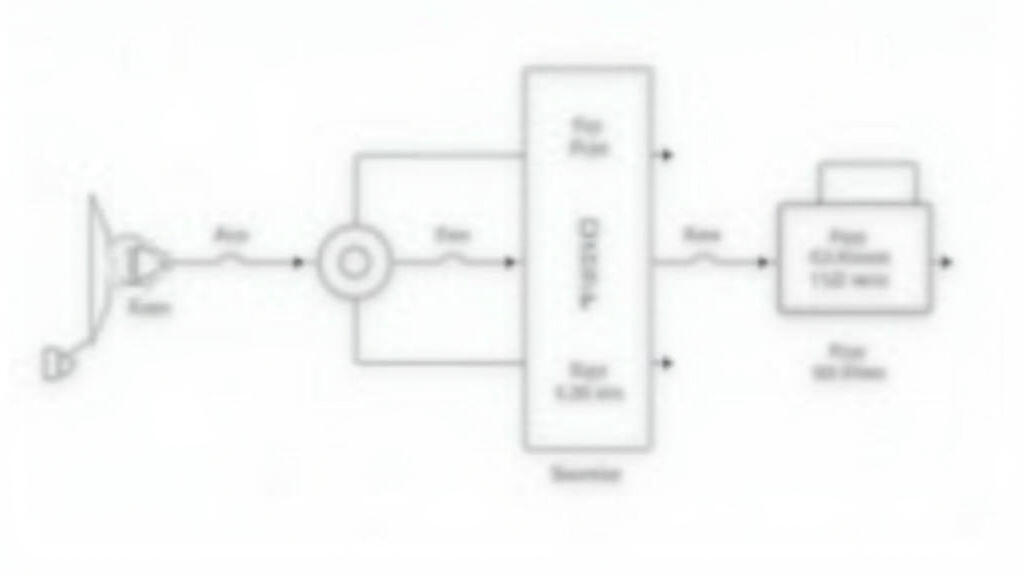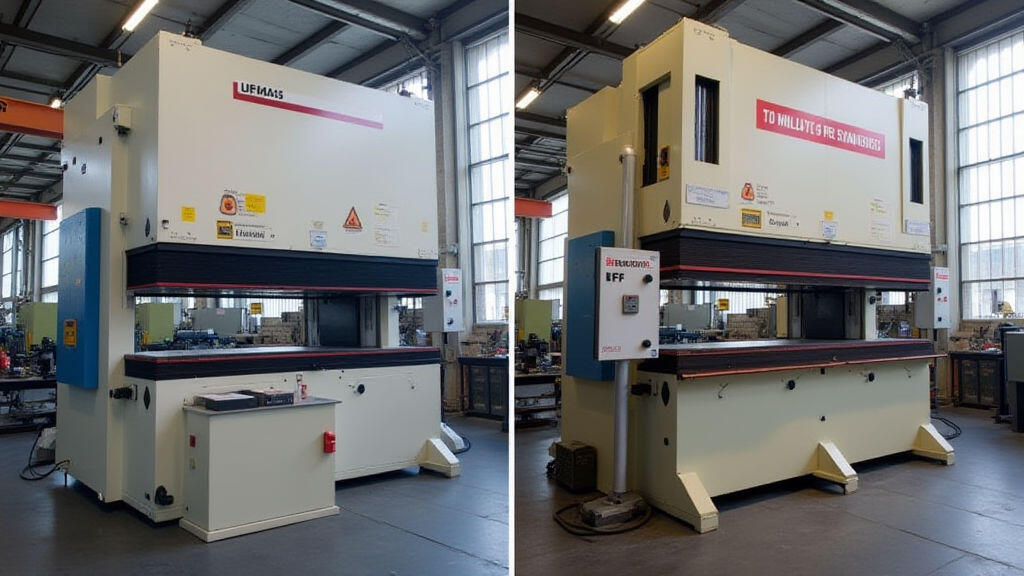
Variable Frequency Drives (VFDs) have become the cornerstone of modern automotive manufacturing. From stamping presses to robotic weld stations, they offer unparalleled flexibility, energy savings, and process control. This article breaks down how VFD‑driven motors work, compares their performance with conventional direct‑current (DC) and induction drives, and explores why automotive makers are betting on VFDs as a key to production efficiency and sustainability.

These benefits align with the industry’s green‑manufacturing push and the ever‑increasing demand for quick‑turn, high‑quality parts.
A VFD replaces a conventional single‑phase or three‑phase AC source with a programmable inverter. Its core stages are:
This chain gives a precise handle on both frequency and voltage, allowing motor speed (N) to be set by the formula:
[ N = \frac{120 \times f}{P} ]
where (f) is the output frequency and (P) is the pole pair count.

The combination of these principles means that a VFD‑driven motor can roam from idle to full load smoothly, adjusting its power output in real time.
| Metric | VFD‑Driven Motor | Conventional DC/Induction Motor | |--------|-----------------|---------------------------------| | Energy Efficiency | 85–95 % (variable load) | 70–80 % | | Start/Stop Shock | Soft‑start, soft‑stop avoided wear | Hard start/stop causes mechanical stress | | Speed Control | Precise, anywhere 0–3000 rpm | Wideband limited; often fixed speed | | Maintenance | Lower wear; inverter protected | Higher component wear; brushes in DC | | Initial Cost | Higher upfront | Lower initial cost | | Total Cost of Ownership | Lower over life‑cycle | Higher due to energy and maintenance |
In automotive parts production, the ability to finely tune the speed during machining or assembly directly translates into tighter tolerances and less waste. Electric presses equipped with VFDs can operate at just the right torque for each part, reducing tool wear and improving product consistency.

Composite Body Panel Pressing – A European automaker replaced its 12 kW DC press with a VFD‑driven induction motor. The new setup cut energy use by 32 % and reduced part‑defect rate from 6 % to 1.2 % within a year.
Robotic Welding Station – Implementing a 5 kW VFD on the servo motors allowed the robot arm to adjust its feed speed precisely in response to real‑time temperature feedback. Production speed increased by 18 % without compromising weld quality.
High‑Speed CNC Milling – A VFD‑based system enabled variable feed rates that matched the tool wear cycle, extending tool life by 25 % compared with a fixed‑speed induction drive.
These examples underline the tangible gains of adopting VFD technology in automotive parts manufacturing.
The convergence of VFDs with AI, IoT, and energy‑harvesting technologies promises even deeper efficiency and sustainability.
Variable Frequency Drives give automotive manufacturers a powerful lever to control motor speed, torque, and energy consumption with surgical precision. Compared with conventional assemblies, VFDs offer major advantages: softer mechanical impact, higher energy efficiency, broader speed range, and reduced wear. In high‑volume, high‑precision automotive parts production, these benefits translate into lower operating costs, higher product quality, and a stronger environmental profile.
As the industry moves toward smarter factories and greener operations, VFD technology stands at the intersection of performance optimization and sustainability. Embracing VFDs is no longer optional; it is a decisive strategy for automotive manufacturers that want to stay ahead of the demand curve, keep production costs low, and deliver parts that meet tomorrow’s stringent safety and quality standards.

Leave A Reply
Your email address will not be published. Required fiels are marked